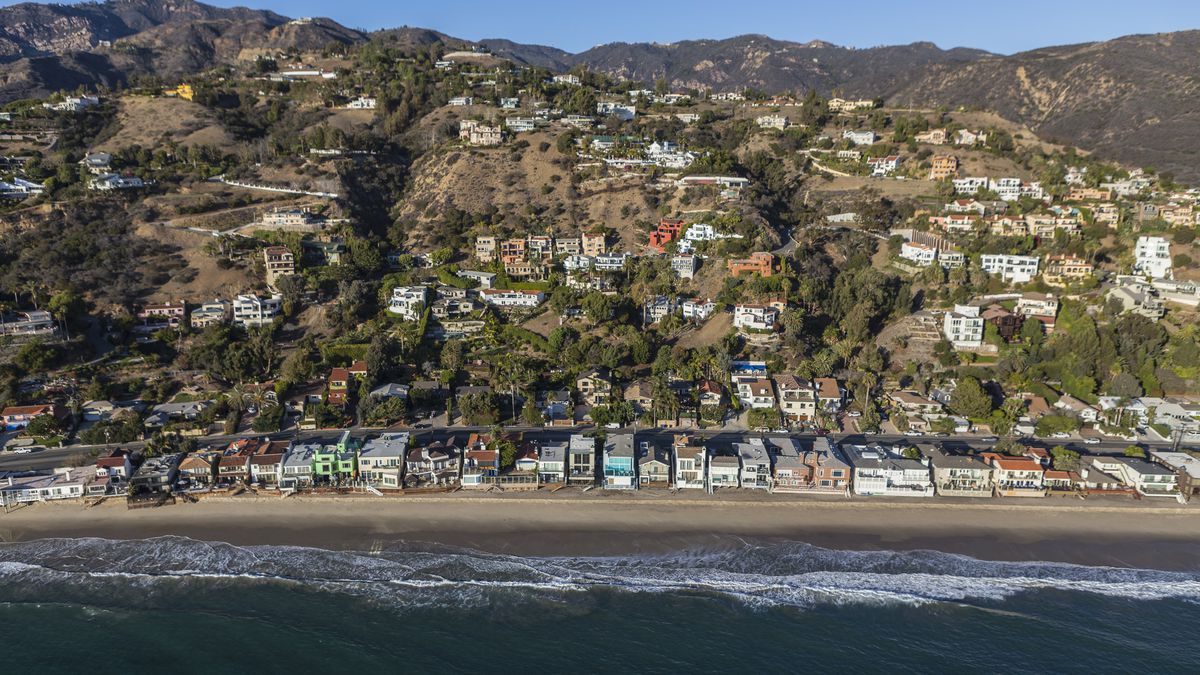Malibu has once again chosen enforcement over empathy. This week, the city declared a local emergency and granted itself new powers to remove and arrest unhoused residents from high fire risk areas. Officials say the move is about wildfire prevention. Critics across Los Angeles say it is about something else entirely, the criminalization of poverty and the displacement of people who have nowhere else to go.
Under the new policy, Malibu can clear encampments in brush zones with only twenty-four hours’ notice. Those who refuse to leave can be arrested for trespassing. The city claims that encampment fires pose an increasing threat, citing more than thirty incidents since 2021. But no data show that unhoused people are a primary cause of wildfires in the area. The Palisades Fire, which Malibu officials often reference, was allegedly started by a housed man who drove for Uber, not by someone living outdoors.
The policy echoes a long pattern of exclusion. In 2022, NPR’s Morning Edition reported that Malibu had voted to fund shelter beds outside its city limits and transport unhoused residents there. Then-Councilmember Bruce Silverstein defended the plan by saying Malibu “should remain exclusive” and that those unable to afford to live there “should live in another city that’s less expensive.” Neighboring leaders condemned the approach. Santa Monica Mayor Sue Himmelrich warned that treating homelessness city by city would only make the crisis worse, arguing that every community in Los Angeles County must share responsibility.
Three years later, Malibu appears to have doubled down on the same logic. It still has no permanent shelter, few outreach workers, and little coordination with county housing programs. The result is predictable. Unhoused residents are pushed into the canyons and then targeted for removal when officials decide those same canyons are too dangerous.
Research shows that this focus on unhoused people as a wildfire threat is misplaced. A 2021 investigation by The New Republic found that while fires linked to encampments do occur, most are in urban neighborhoods like downtown Los Angeles, not in the coastal hills of Malibu or the Santa Monica Mountains. One fire battalion covering the city center recorded more than fifteen hundred encampment-related fires in a year, while a canyon battalion reported fewer than one hundred. The article noted the deeper contradiction: policymakers condemn unhoused people for being in fire-prone zones while subsidizing wealthy homeowners to keep rebuilding in those very same zones.
The latest declaration from Malibu fits that pattern. The city invokes environmental safety while ignoring the larger structural hazards it refuses to confront, from unchecked hillside development to a lack of affordable housing across the Westside. Arresting people does not prevent fires. It does not clear brush, strengthen infrastructure, or harden homes against embers. It simply cycles human beings through a revolving door of displacement, arrest, and release, while giving residents the illusion of control.
Malibu says outreach workers will offer services before enforcement begins, but options are scarce. The People Concern, which handles outreach for the city, can only provide limited placements, and many unhoused residents turn down referrals that would take them miles away from familiar areas. For most, there is nowhere else to go. The likely outcome is another wave of displacement into neighboring communities such as Topanga, Pacific Palisades, and Santa Monica. The new policy may appease homeowners demanding swift action, but it will not make anyone safer.

